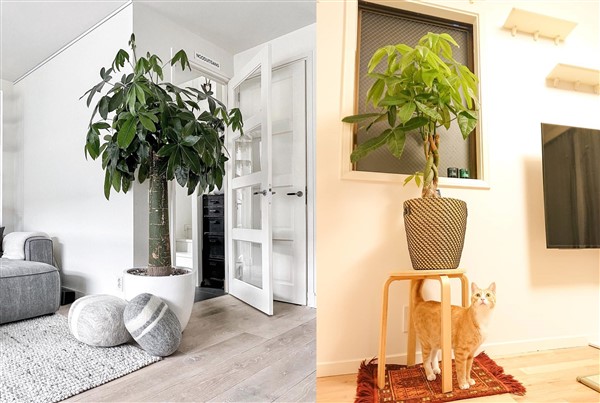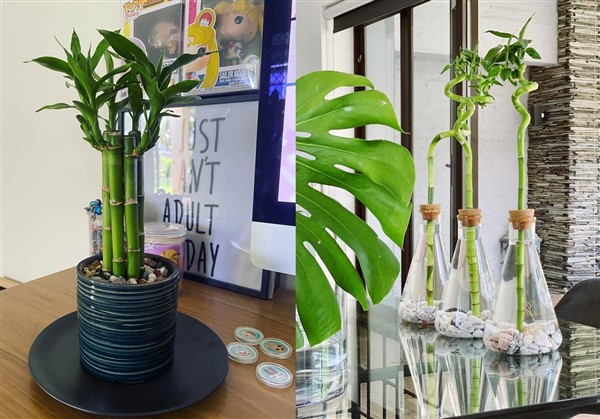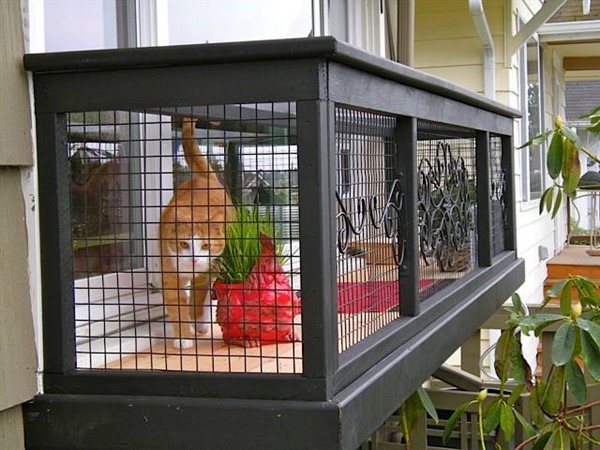The money tree is an acclaimed plant that keeps its reputation still around the world. It decorates not only houses but also public areas such as offices, cafes, malls, and so on. Geographically, it is endemic to Central America and South America like Guatemala, Brazil, etc. Also, this plant has a few names. Here, they are Guiana chestnut, Malabar chestnut, French peanut, saba nut, provision tree, monguba, and pumpo respectively. Its scientific name is Pachira Aquatica. Furthermore, this plant has an interesting story. Shortly, a poor man finds a bizarre tree. Then, he produces a lot of them from its seeds. Afterward, he gets rich by selling them. That’s why its name is a Money tree. Succulent plant type of it is cheap in general. However, its bigger sizes get expensive gradually.
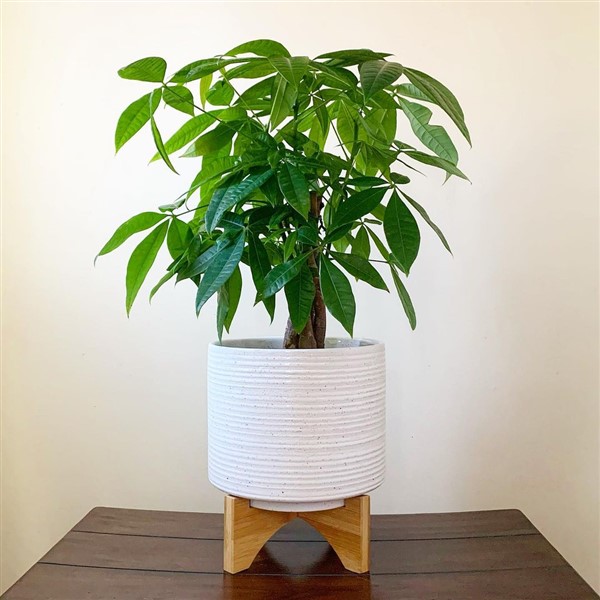
images via: Avani
General information
Money tree (Pachira Aquatica) is a perennial plant with a braided trunk and light green palmate leaves. Everything of this flowering plant varies according to space conditions. To illustrate, the sizes of the Money tree (Guiana chestnut) considerably changes. Namely, it becomes colossal or petite. The length of this plant reaches upward of 60 ft (18 m) in nature. However, it becomes 7 ft (2 m) height by indoor care at most. Except for these, the life span of this plant is roughly 12 years. If well-maintained, it lasts a few years more. Guiana chestnut blossoms in summer under outdoor conditions. Flowers have yellow petals and red stamens. As for the fruit, the plant gives edible nuts with a hard shell. On the other hand, it is a non-flowering plant under indoor conditions. Generally, this plant hasn’t harmful effects on toddlers and pets like the Boston fern plant.
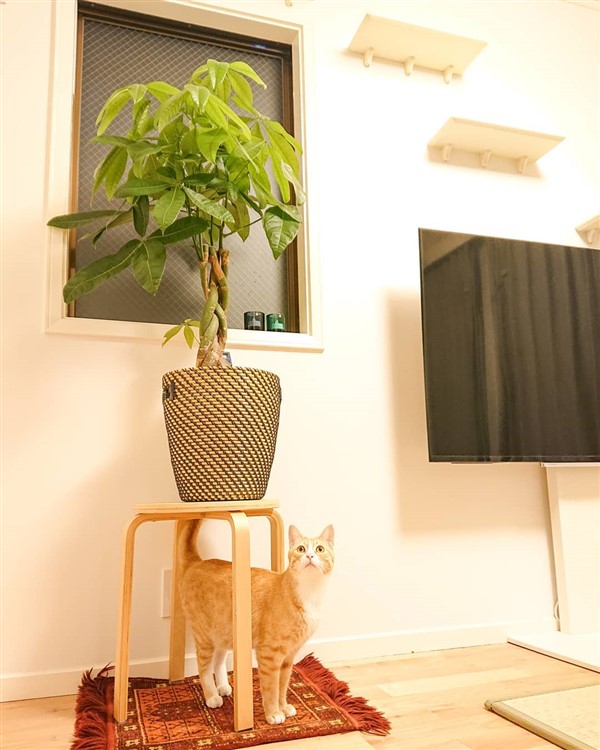
images via: beckoning
How to Care for Pachira Aquatica
Sunlight: Guiana chestnut develops in partial shade spots better. Direct sunlight is perilous to this plant, in particular, all day long. As another option, fluorescent lights make it thrive indoors.
Watering: In spring and summer, Pachira Aquatica needs regular watering. According to its watering schedule, weekly watering will be enough when the potting soil becomes dry. In winter, it requires sparsely watering due to being dormant.
Humidity: Pachira Aquatica likes settings with too humid. Regular misting helps it develop fast. So humidifiers could be useful to ensure misting.
Temperature: Between 65°F-75°F (16°C-24°C) is ideal for Guiana chestnut. Harsh cold weather conditions will pose a danger to this plant. Specifically, cold drafts will be deadly. According to the USDA map, the 13th zone is optimal.
Soil Type: The potting soil should contain sufficient nutrient compounds. Also, well-ventilated and well-drained soil ensures this plant breathes. Particularly, the potting soil mixes work best.
Fertilizer: The money tree should be fed with a liquid fertilizer diluted to half-strength. In the spring and summer months, this plant needs such plant food monthly. Meanwhile, avoid over-fertilizing.
Propagation: There are a few propagation ways for his plant. Here, they are stem-cutting, division, starting from seeds, and air layering respectively.
Repotting: In case of cracking pot due to over-growing, it should be changed. If you consider a cute one for the indoor space and keep it the same length, you don’t have to change it.
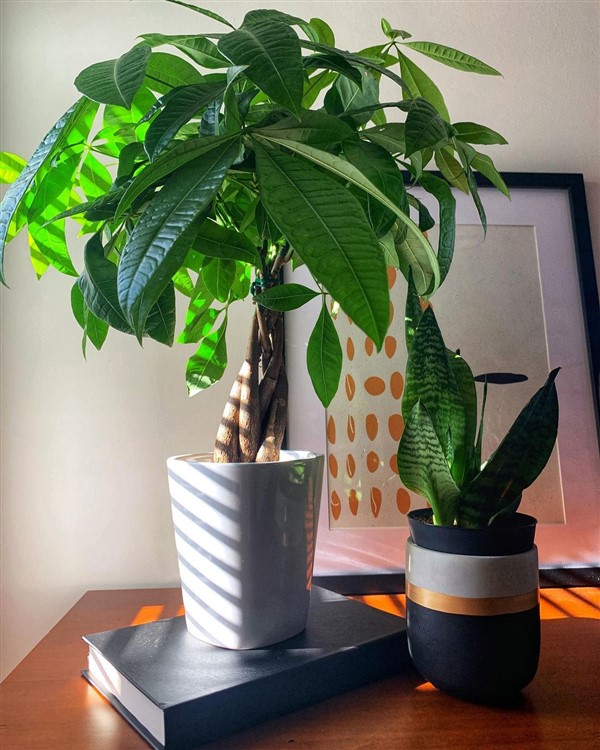
images via: She Got Mad Growth
Common Problems
Yellow leaves: Many factors could lead to this problem. To exemplify it, the well-known three factors are overwatering, direct sunlight exposure, and positioning it on full shady spots.
Dropping leaves: First of all, it doesn’t indicate the problem. It could be seasonal. Conversely, it could stem from overwatering.
Bug infestation: When it comes to this problem, being too late is crucial. There are a few bugs such as mealy bugs, aphids, mites, and so on.
Suggestions for problems: By being maintained its routine care, yellow leaves turn easily to green again. For that reason, it is important to keep it in its optimal condition. Dropping leaves is normal in general. But yet you should be sure of its care schedule. Bug infestation is serious. But, when noticing earlier, you could apply insecticide or use alcohol-based cleaning wipes to get rid of these harmful bugs.
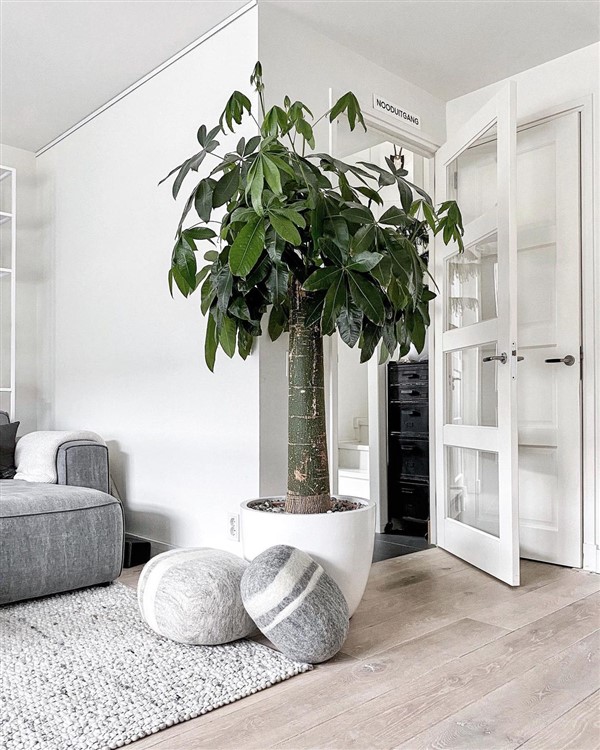
images via: interioraddict
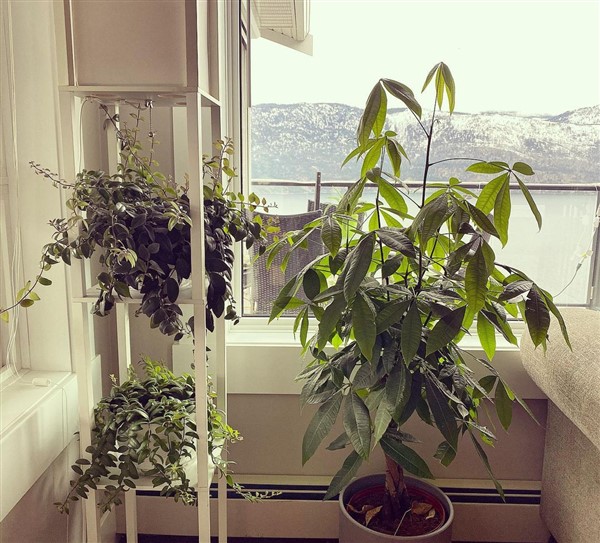
images via: Jaime
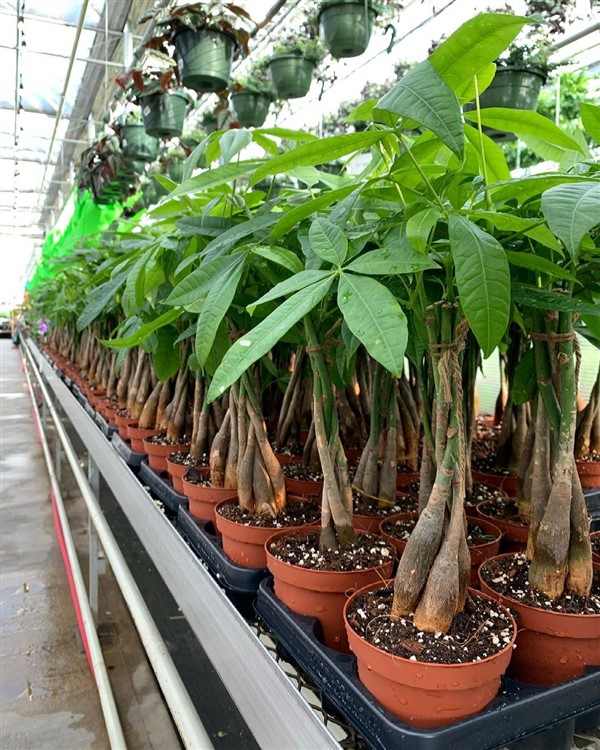
images via: Blue Grass
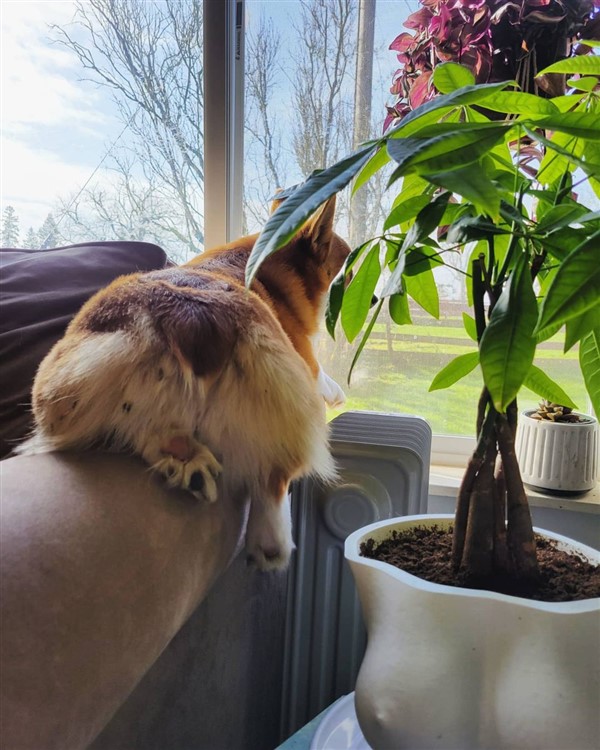
images via: Alisha
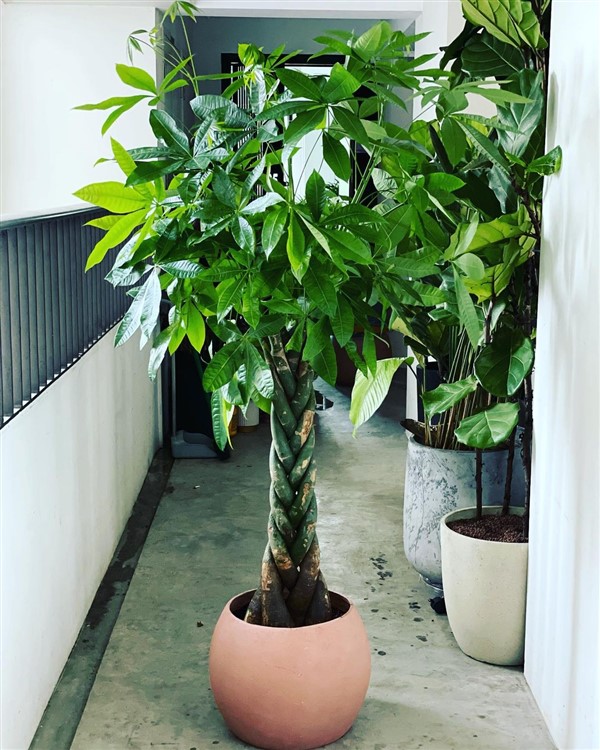
images via: My Super Plants
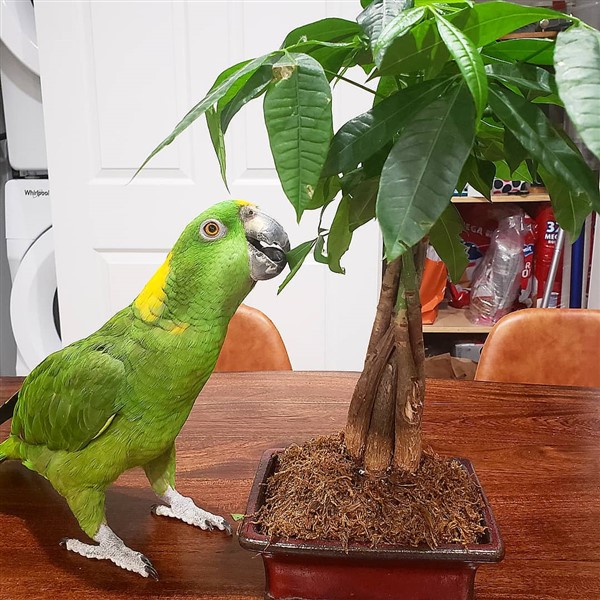
images via: Groucho Marx
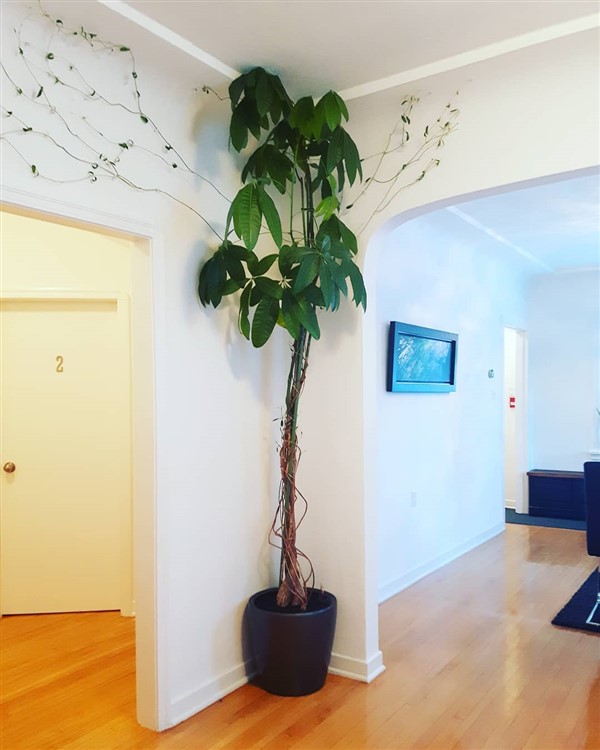
images via: Ener
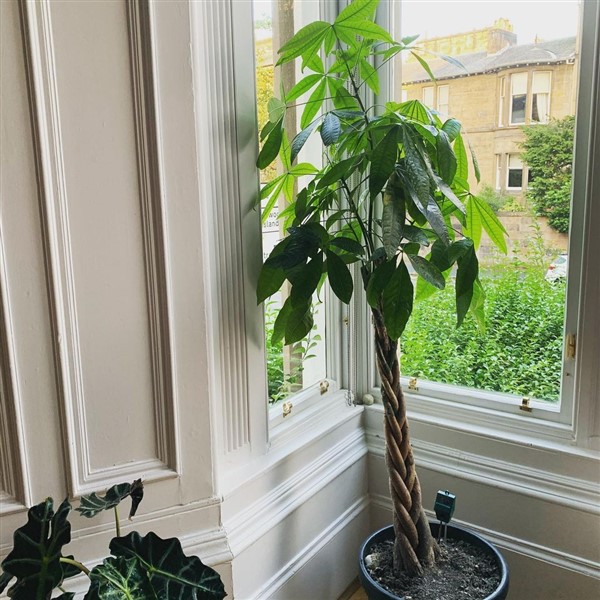
images via: Andrew
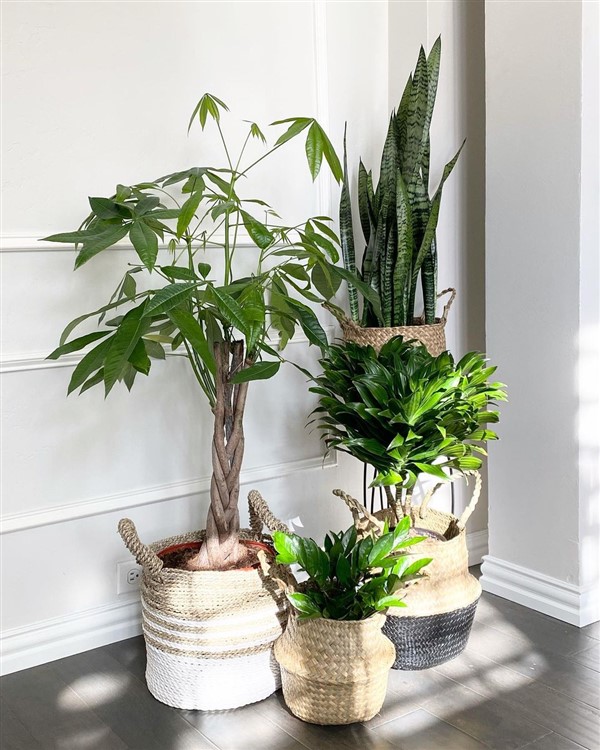
images via: Sasa
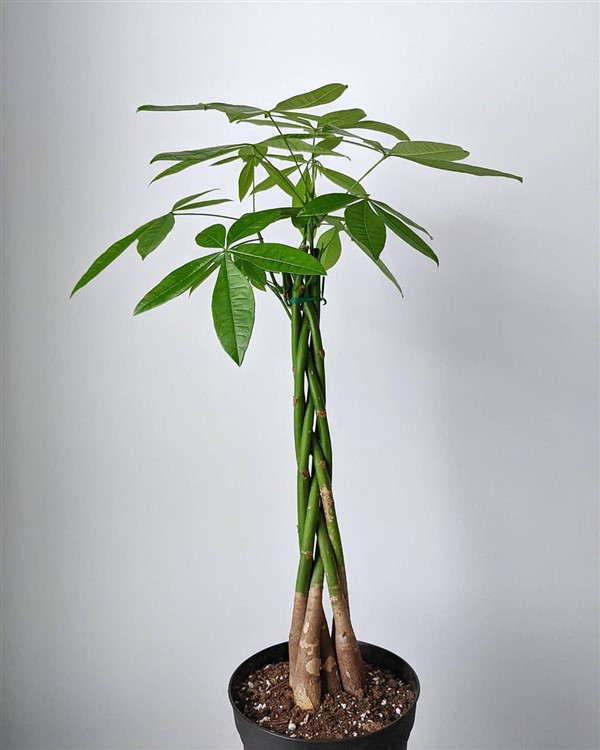
images via: plants
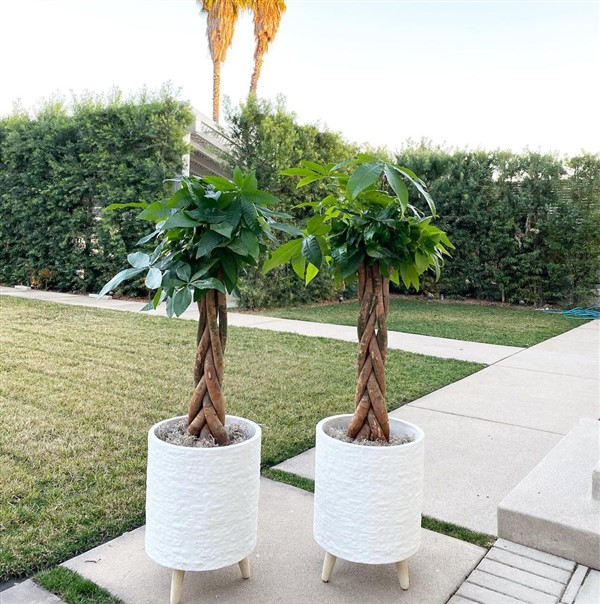
images via: namoo
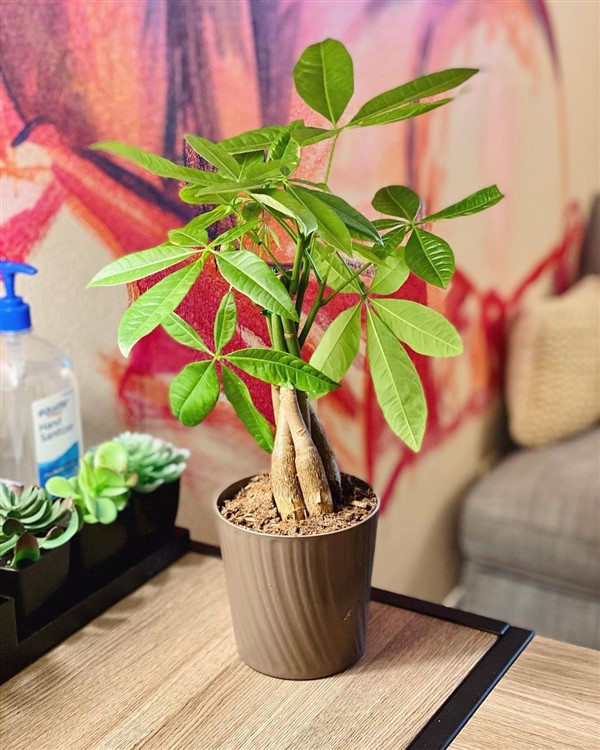
images via: mischa

